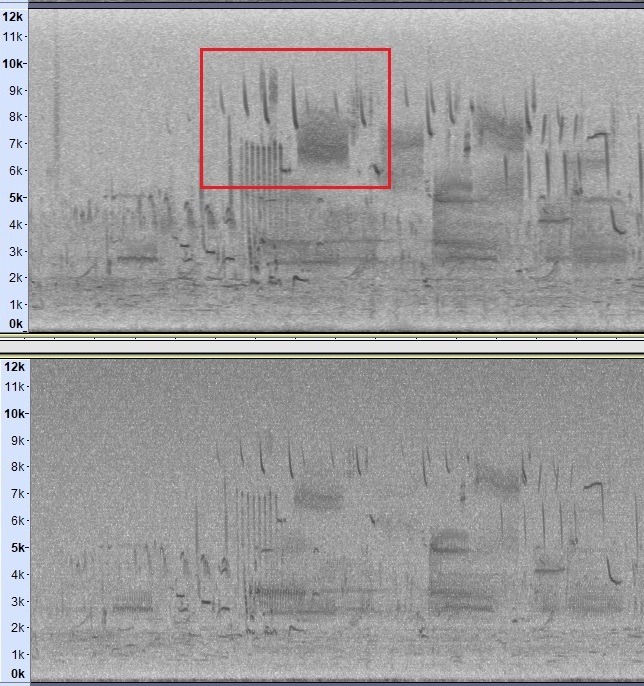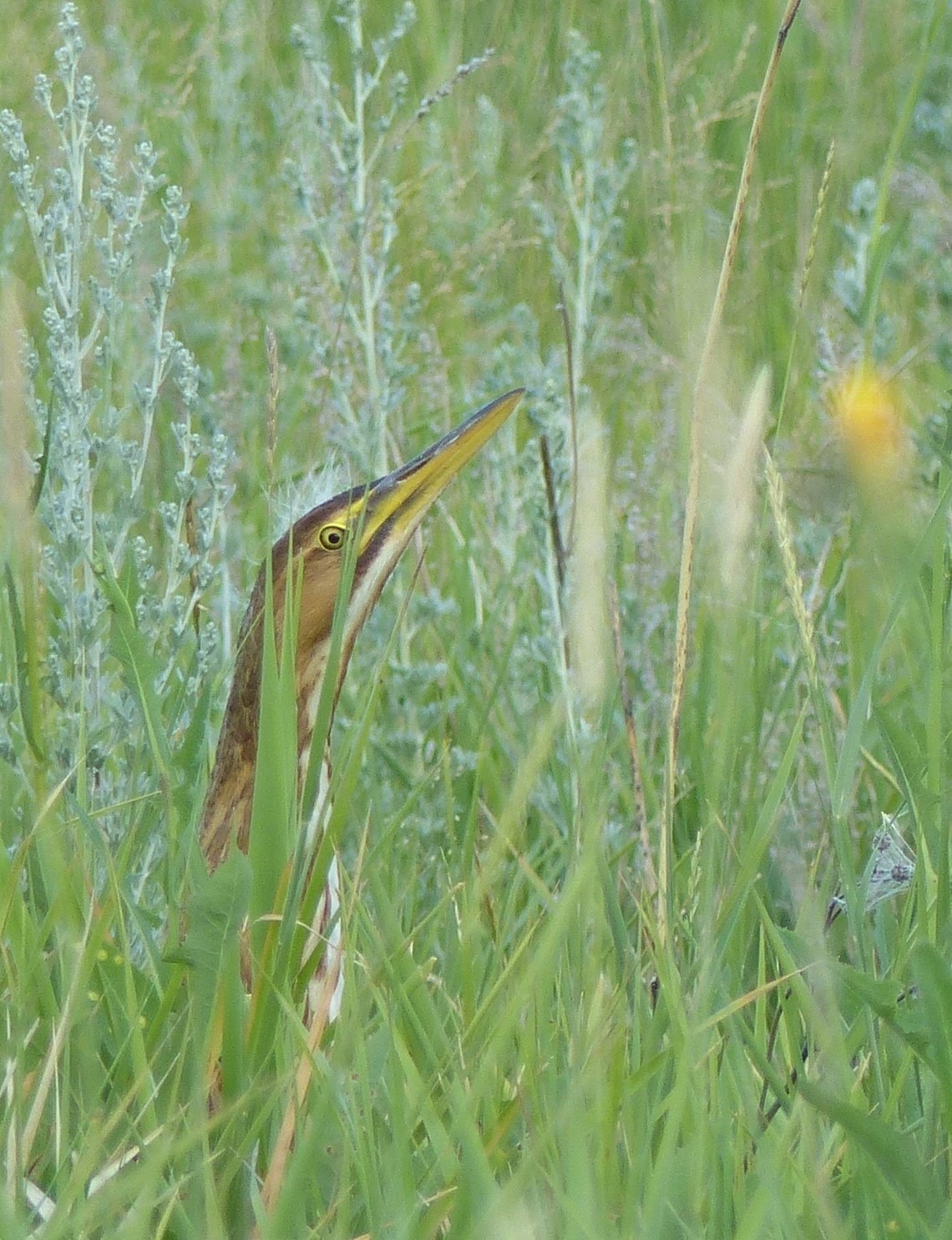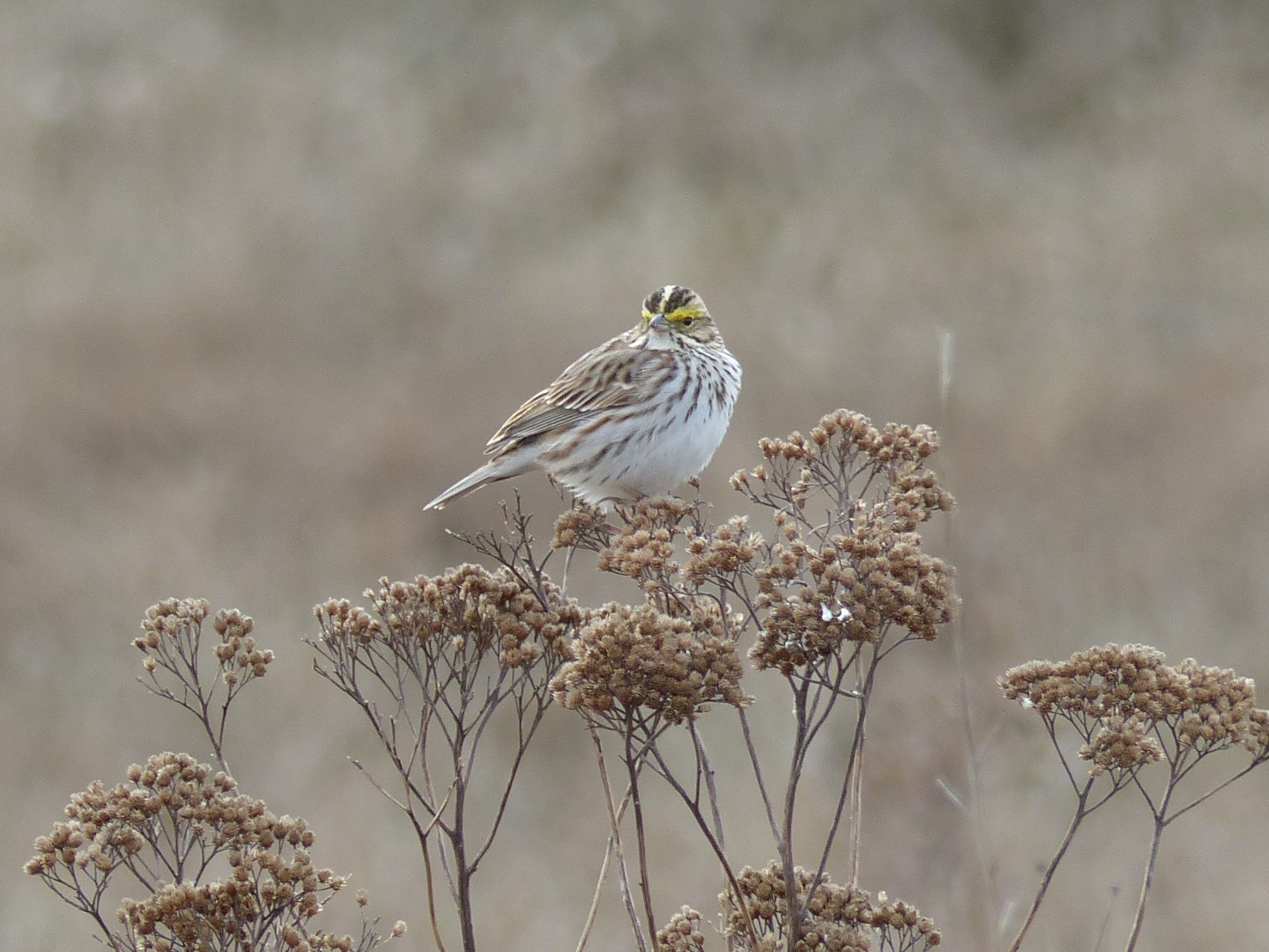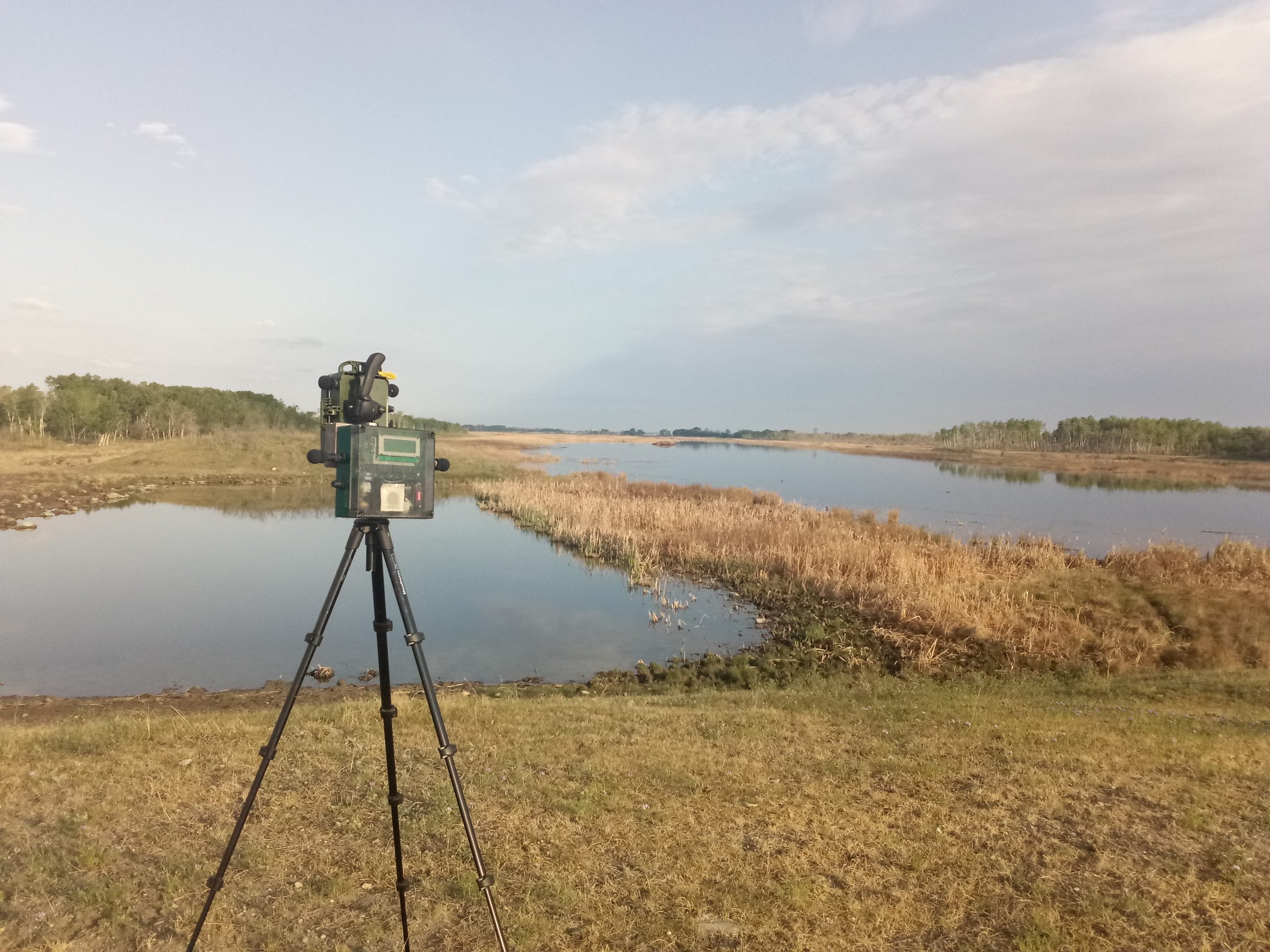By Laura Stewart, Graduate Research Assistant at University of British Columbia and former Bird Projects Research Intern at Birds Canada
Every summer since 1995, dedicated and skilled volunteers have risen before dawn, donned their waders, grabbed their survey equipment, and headed out to wetlands across the country to collect data for the Birds Canada Marsh Monitoring Program (MMP). Their surveys involve listening and looking for wetland birds. Wetland habitat is being lost across the country and globally, which is why volunteers and scientists are trying to keep an eye on marsh bird populations. Unfortunately, the birds don’t make it easy for us. Many marsh birds (like bitterns, rails, and grebes) are notoriously elusive; some sing mainly at night, and others may become very quiet once they detect human presence. Surveyors might need to visit each wetland three or four times at different times of day and throughout the spring and summer to get a good sense of the birds that live there. Furthermore, some wetlands are difficult and dangerous to access even in broad daylight. Others are far from roads and might require travelling over floating mats of vegetation.
Autonomous Recording Units (ARUs) are great tools with the power to help solve these challenges. These small units can be installed almost anywhere and they can make stereo recordings during dawn, dusk, and night, over several days or weeks during the breeding season. Because a human observer doesn’t need to be present during the recording, they are less intrusive to birds during the recording “survey”, and recordings can be timed for peak singing hours. Recorders can even be set up and retrieved by snowmobile or snowshoe in the winter, when wetlands that might otherwise be dangerous would be frozen (e.g. Boreal fens). In sum, ARUs offer great flexibility!

Autonomous Recording Unit (ARU) Photo: Laura Stewart
Before using a new tool, however, researchers need to know how the data gathered using that tool compare to data gathered through other methods. So, during the summers of 2018 and 2019, Birds Canada staff visited 94 wetlands across Canada and conducted 602 in-person MMP surveys while at the same time recording using two models of the Song Meter ARU. Afterward, the recordings were reviewed by the same person who had done the in-person survey, and numbers of each species were documented based just on the songs and calls we were able to hear on the recording. Unlike in the field, we were able to rewind the recording and re-listen as many times as we wanted, and we were able to look at a spectrogram (a visual depiction of sound) while we listened. Some might find added benefit of being in a temperature-controlled, mosquito-free room with a mug of coffee!

Spectrogram: Laura Stewart
We compared the results for each type of survey and found that the recordings, on average, gave a very similar result to the in-person counts for most species and that the newer model of ARU made even better recordings and picked up more bird songs than the older model. Results varied by species, and we found that some species with high-pitched songs were better detected on recordings than they were in person, possibly because of the visual aid of spectrograms for recordings. On the other hand, a few species with low-pitched calls were better detected in person, possibly because background noise like wind and traffic seems to be amplified on recordings. We used the data collected from these paired surveys to calculate species-specific correction factors which will be used by wetland scientists who want to combine in-person counts with surveys from recordings, integrating methods and resulting in more powerful data.

American Bittern Photo: Laura Stewart

Laura Stewart with ARU Photo: Janine McManus
For those dedicated to outdoor pursuits in ornithology, fear not! ARUs will never eliminate the need for skilled observers doing surveys in real time. Our study shows that recorders can play a critical role in amplifying our efforts to find marsh birds. ARUs can help us get to those hard-to-reach marshes and sample at ideal times to detect the most elusive species – data that we need to monitor the health of our wetlands and the bird life that they support.
For more details on this research, you can read our full paper online in Avian Conservation and Ecology.


